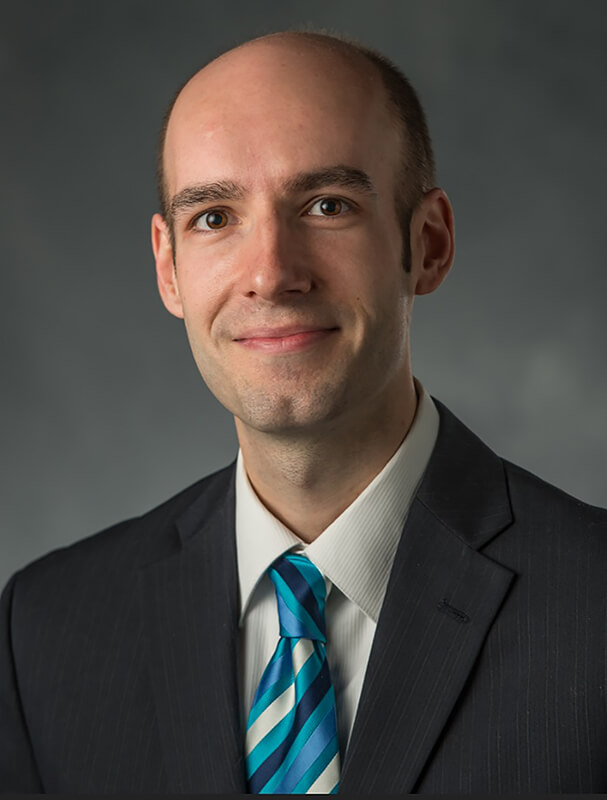October 15, 2018
Many U.S. adults confused about primary care, study shows
 Evan Perrault.
Evan Perrault.
Download image
WEST LAFAYETTE, Ind. — Adults in the United States have a limited understanding of the basic duties that nurse practitioners and physician assistants can perform, a new study suggests.
The study is available online and will be published in the November issue in the Journal of General Internal Medicine.
“Odds are, if you are a new patient and have been to ‘the doctor’s office’ recently for a primary care checkup, it might not have been a doctor you actually saw,” said lead author Evan K. Perrault, assistant professor of health communication in the Brian Lamb School of Communication at Purdue University. “As fewer medical students enter primary care as their specialties, other care providers like nurse practitioners and physician assistants are having to fill the void.”
The Association of American Medical Colleges estimates that by 2030 there will be a shortfall of up to 49,300 primary care physicians in the U.S.
Nurse practitioners and physician assistants are able to provide many of the same services to patients as primary care physicians, such as prescribing medications, Perrault said. About one-third of the nearly 4,000 participants surveyed, however, did not know nurse practitioners could prescribe medications and diagnose illnesses, and half of participants had this same knowledge deficit regarding physician assistants.
“These findings are concerning because it is likely impacting people’s intentions to seek care,” said Perrault, who in a previous study found similar knowledge deficits among college students.
“Many college students indicated they would delay, or not seek care at all, if they were unable to be seen by a physician right away and could only be seen by a nurse practitioner or physician assistant,” he added.
Perrault currently is working with health care organizations to help them better educate prospective patients about the array of care providers they employ through improvements to their online biographies – the most frequent place patients state they seek information when selecting a new provider, he said.
“Health care systems don’t do that great of a job helping patients find providers with whom they’d be comfortable visiting,” he said. “Simple improvements to providers’ online biographies can make a big difference in changing not only these knowledge deficits, but also misperceptions people may have about the expertise levels of nurse practitioners and physician assistants.”
Media contact: Joseph Paul, 765-494-9541, paul102@purdue.edu
Source: Evan Perrault, 765-496-6429, perrault@purdue.edu
Note to Journalists: Reporters can find a copy of the study online or can contact Joseph Paul, Purdue News Service, 765-494-9541, paul102@purdue.edu
ABSTRACT
Primary Care Confusion—Public Knowledge of NP and PA Duties and Their Information Gathering Behaviors
Evan K. Perrault, Grace M. Hildenbrand
As the number of medical students entering primary care as a specialty declines, this deficit is increasingly being filled by mid-level providers such as physician assistants and nurse practitioners (PAs and NPs). Despite these providers’ abilities to provide a similar quality of care as physicians, confusion exists regarding the kind of care these providers are able to deliver in comparison to the more widely understood physician profession.
A survey of 3,948 U.S. adults finds that half do not know PAs are able to prescribe medications and diagnose illnesses, and one-third do not know that NPs can perform these same functions as well. Participants also state the most frequent place they seek information about new providers is through their online biographies. Improving provider biographies, which commonly provide only limited information about providers, may be one venue for educating patients about the duties that NPs and PAs can perform.

